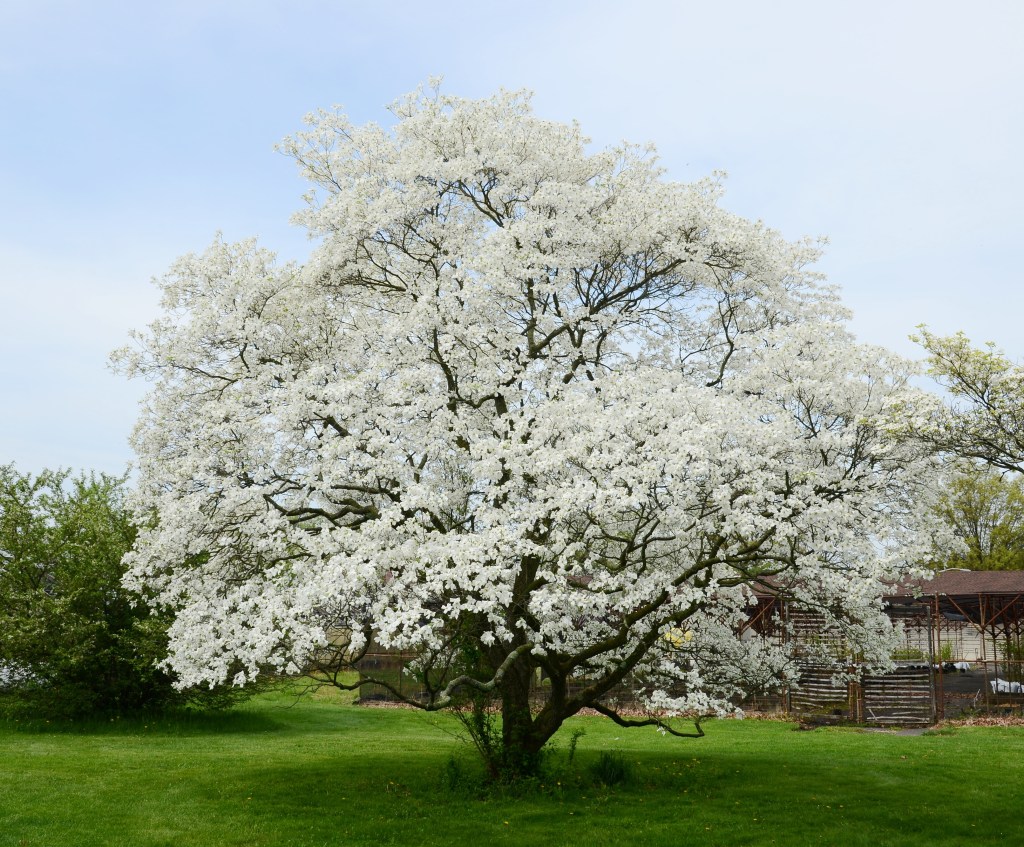TN VALLEY AGRICULTURE AND OUTDOORS:The popular dogwood has many environmental enemies
Published 12:00 pm Sunday, March 24, 2019

- Dogwood tree
The flowering dogwood, Cornus florida, is perhaps the best loved and most admired small tree in the United States.
Its native range extends from Maine to the Gulf of Mexico and westward to Oklahoma and Texas. The best development for dogwood, and for a number of other hardwood species, occurs in the Southern Appalachians.
Flowering dogwood is an understory tree and grows naturally in the shade of larger, more aggressive trees. When grown in full sun, dogwood tends to have a more compact growth habit. It does well in the filtered shade of Southern pines.
The naturalist William Bartram mentioned riding through a massive dogwood forest for several miles during his visit to South Alabama in the late 1700s. This area is near the town of Greenville.
The white bracts of the dogwood flower are its chief ornamental attribute. The bracts can also be pink or red. The actual flowers are small and insignificant. Seeds are produced from the true flowers and turn bright red in the fall. Dogwood seed provides food for wildlife and songbirds.
Of the cultivated dogwoods, the flowering dogwood suffers from the widest range of foliar and soil-borne diseases. These diseases can greatly reduce the floral display and foliage quality as well as adversely affect the health of the tree.
Establishment of dogwood on adapted sites and good maintenance practices often will minimize the effects of environmental stresses that predispose the tree to disease. Also, proper growing conditions will often allow plant recovery from disease-related injury.
Spot anthracnose affects the blooms and foliage and shows up as small black or brown spots. This disease is basically cosmetic and can be controlled with a regular fungicide spray.
Dogwood anthracnose is a more serious disease and can eventually kill even large trees. This disease has adversely affected many dogwoods in the Appalachians and has been found in Limestone County. It is normally more of a problem at higher elevations, above 1,000 feet. Fungicide sprays are effective in controlling this disease.
Powdery mildew appears as a light, powdery-looking residue on the foliage of susceptible cultivars of dogwood. The foliage can be stunted and distorted. There are resistant cultivars of dogwood that are not as adversely affected by this disease.
Dogwood borers are insects that lay eggs in the bark of dogwood trees, often at the site of an injury. The larvae hatches and bores underneath the bark and eventually emerges to enter the soil at the base of the tree. These moths are active in early spring and can be controlled with an insecticide spray.
You should not collect dogwood seedlings from the wild. Instead, buy disease-free dogwoods from a nursery or garden center and plant them on a well-drained site that has good air circulation. Many of the diseases that affect dogwoods proliferate in humid, stale environments.
Named cultivars of dogwood are grafted or budded and will cost more than seedlings. They will also usually bloom sooner than seedlings.
The advantages of purchasing named cultivars are more dependable flower characteristics, better disease resistance in some cases and wider adaptability.
Dr. Michael Dirr describes 68 different cultivars in his book, “Manual of Woody Landscape Plants.” Some of these include Cloud 9, Cherokee Chief, Cherokee Princess and Red Cloud.”
— Chapman is a Regional Extension Agent.





